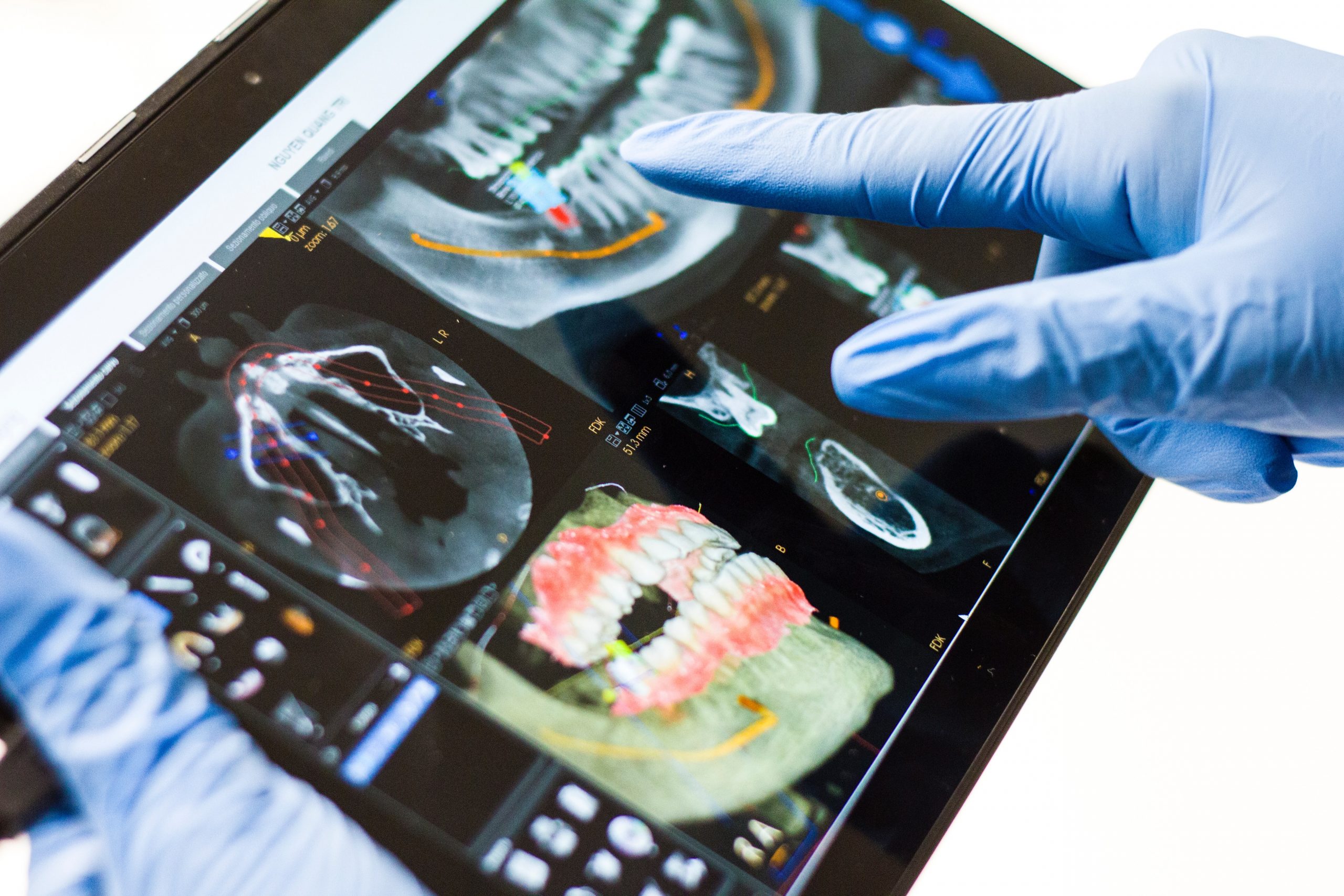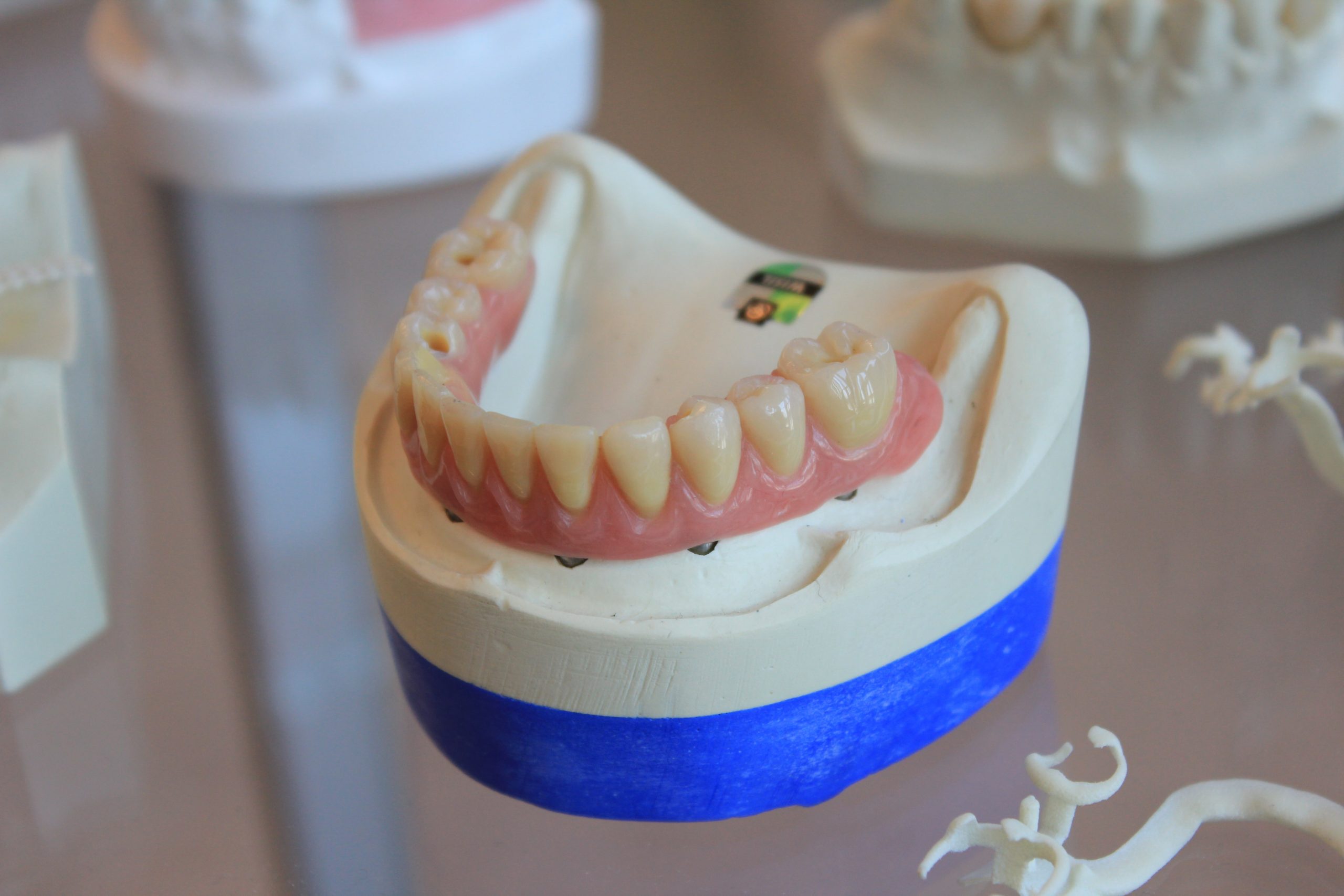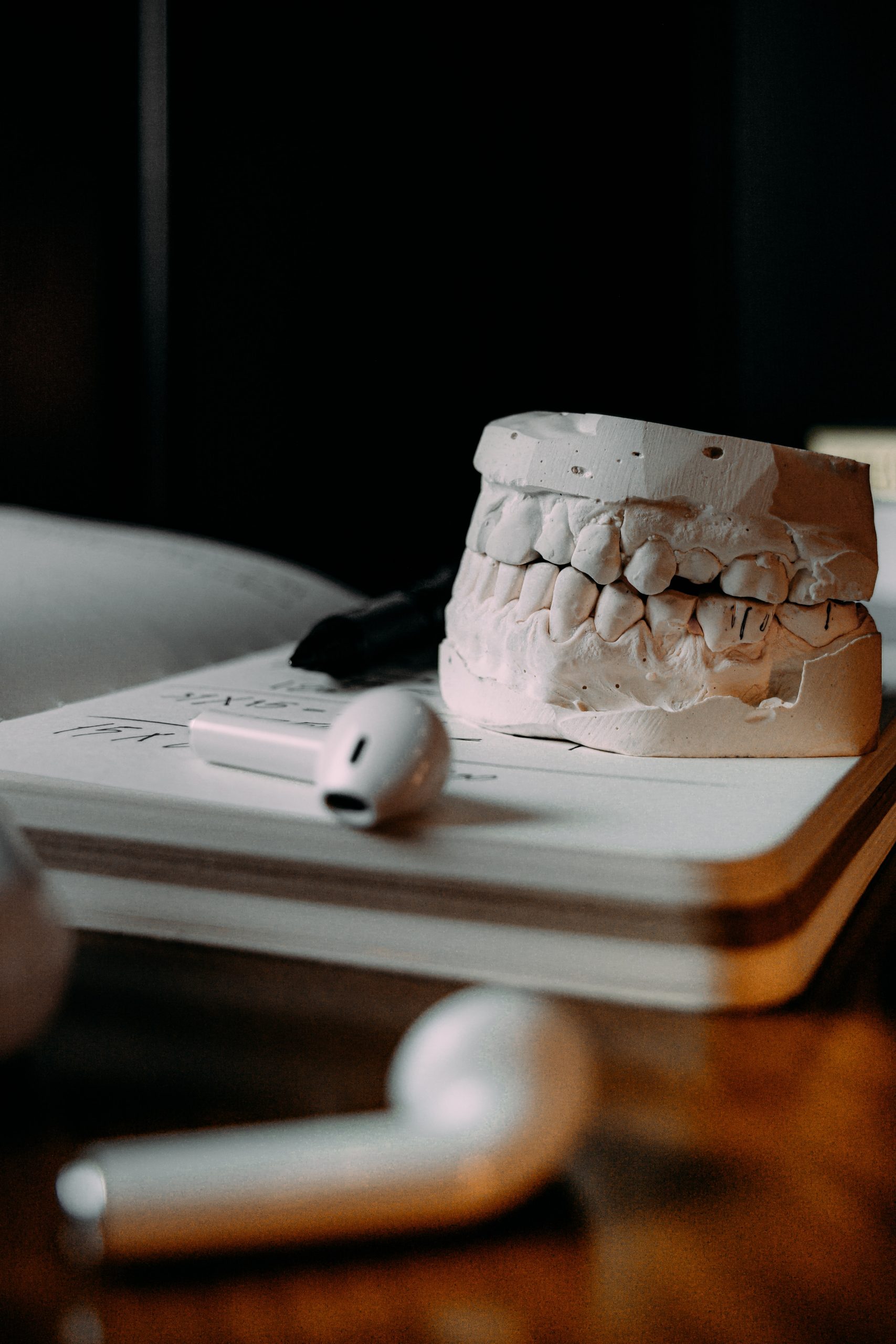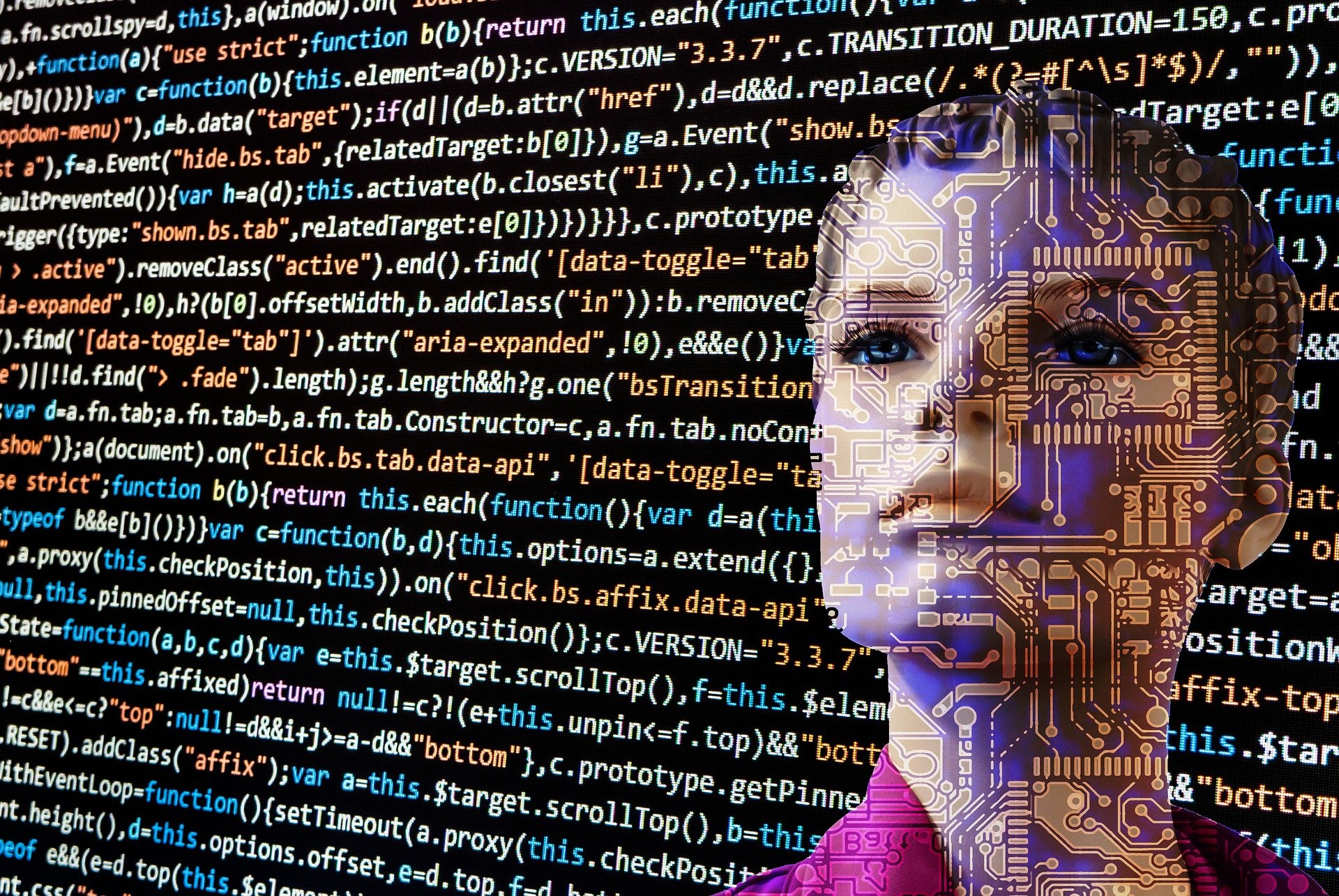
Artificial intelligence in ceramic restorations
Breakthrough innovations occur in the dental field for a variety of reasons. Consumer demand, information technology, artificial intelligence (AI) technologies and changing values from generation to generation are affecting the way dental care is delivered.
Data is used at every stage of dental care, and the most valuable source is the Electronic Health Record (EDR). However, data can also be found in digital X-rays, CBCT scans, intraoral images and even light-cured restorations. Artificial intelligence can help in analysing data.
Two areas where improving the quality of care is a focus are dental materials and efficiency. Light curing and the further development of bonding techniques are changing the field of dental practice.
Dental professionals can use basic methods to maximize bonding effectiveness, but how effective are these techniques and materials without data analysis to measure results?
New and improved dental materials and how they are cared for are key elements in changing the restoration and placement of teeth. As a result, these paradigm shifts for dentists have been potentially more disruptive than traditional models of care and will eventually affect the way affect how dental care is performed.
CORE stands for: curing lamp characteristics, operator technique, restorative characteristics (including location, size and depth of the defect about the position of the lamp tip) and energy consumption the RBC used (which is influenced by the RBC hue and the spectral emission to the photo-initiators used in the composite to adjust).
It is impossible to estimate the quantity and quality of the edging light energy emitted to cure the restoration.
As a result, insufficient curing is a problem as improper curing of the resin adversely affects the physical properties of the resin. This can result in reduced bond strength to the tooth, increased marginal wear, reduced biocompatibility of the resin restoration and potential bacterial growth in the restoration.
Equally important, the excessive setting can cause too much energy, leading to thermal damage to the pulp or other oral tissues exposed to light.
The machine learning regression model developed in the study can help physicians determine the final colour of fibreglass-reinforced leucite ceramic veneers to predict CAD/CAM HT and LT ceramics after cementation with transparent cement, depending on the colour of the substrate and the thickness of the ceramic.












